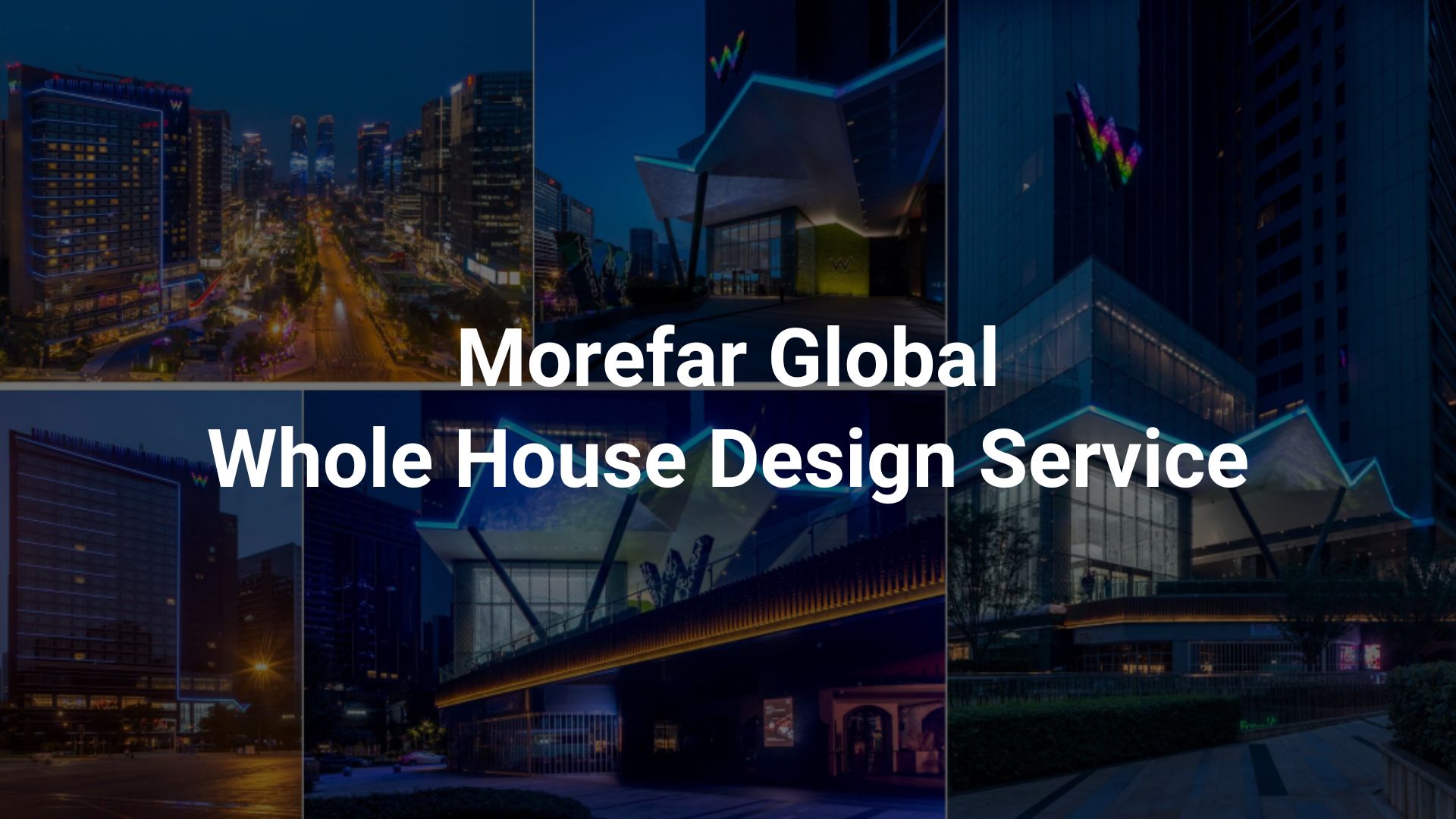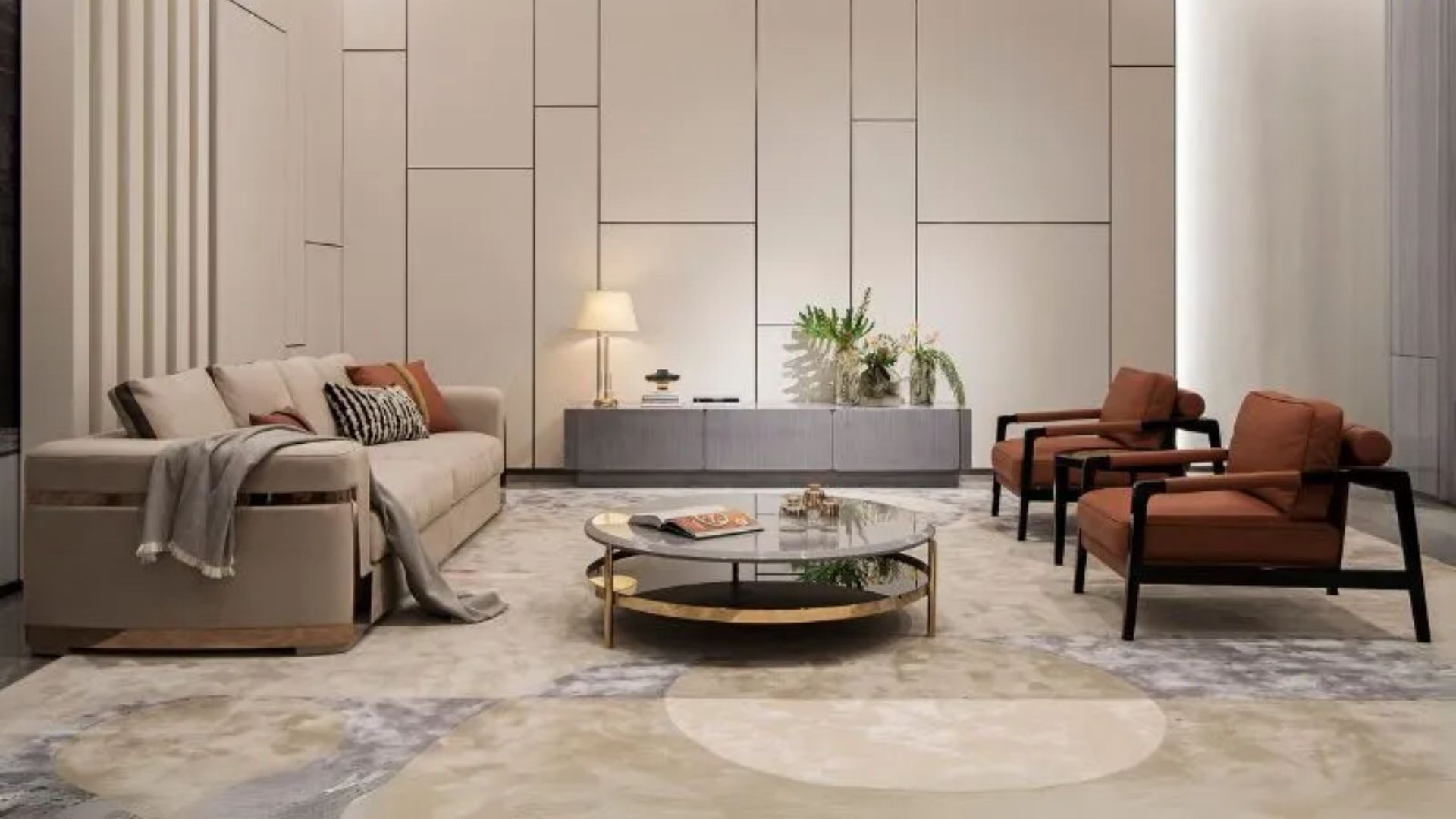When it comes to sourcing furniture or building materials from China, choosing the right shipping method is critical to controlling costs, ensuring product safety, and meeting project timelines. The two main modes of international shipping are FCL (Full Container Load) and LCL (Less than Container Load).
At first glance, LCL seems more suitable for small-volume orders. However, for bulky, high-value, and complexly packaged goods such as furniture and building materials, FCL is often a more cost-effective, safer, and more efficient choice.
1. Lower Cost Per CBM with FCL
LCL shipping is typically charged by the cubic meter (CBM), and the rate per CBM can be extremely high—sometimes several hundred USD. In contrast, FCL offers a fixed cost for the entire container. Once your shipment volume exceeds 10–15 CBM, FCL significantly reduces the average cost per CBM, often saving up to 30% or more.
2. LCL Furniture Requires Bulky Wood Crates—Hidden Costs Add Up
When importing furniture from China via LCL, freight forwarders often require large furniture pieces to be protected with wooden framing to avoid damage from other mixed cargo. This leads to several hidden costs:
Additional packaging cost: Each wood frame may cost hundreds or even thousands of RMB.
Fumigation cost: Wood crates used for international shipping must be fumigated and certified.
Increased volume and freight charges: Wooden crates increase the overall CBM. And since LCL volume is calculated based on the longest, widest, and tallest points, your chargeable volume can grow significantly.
Example:
A shipment of three furniture items (2×85×80×77cm, 1×190×110×90cm) has a carton-packed volume of 2.93 CBM. After wood crating for LCL, it increases to 4.09 CBM—a 39% jump in volume and shipping cost.

In contrast, with FCL, the furniture can be loaded as-is without wood frames (unless fragile like glass), saving space and money.
We at Morefar Global sourcing also optimize space usage—for example, utilizing empty spaces inside sofas or cabinets to place smaller items. A sofa that occupies 2.7 CBM when containerized may be charged as 3.93 CBM in LCL, due to its exterior dimensions—a 45% increase.


3. FCL Offers Safer Shipping—Lower Risk of Damage
LCL goods are handled multiple times during consolidation, deconsolidation, and delivery, often leading to:
- Scratches or pressure damage
- Broken packaging
- Missing accessories
At Morefar Global, we’ve seen damage even with wood crating in LCL. On the other hand, FCL shipments are loaded, sealed, and unpacked by us, reducing unnecessary handling and significantly minimizing risk. We also customize the loading process based on your furniture’s shape and size.
4. Faster Lead Time with FCL
LCL shipments must wait for other goods to consolidate before departing. This typically causes delays of 3–7 days or more. At the destination, multiple consignees create additional paperwork and customs delays.
With FCL, once your container is loaded, it can depart immediately, and customs clearance is much faster and smoother. For time-sensitive projects, this can be a major advantage.
5. Easier Customs Clearance and Simpler Documentation
With FCL, the documentation is unified—just one shipper, one consignee, and one set of paperwork. Customs inspections are quicker and more predictable.
- LCL shipments, however, are often delayed due to:
- Documentation mismatches from other shippers
- Entire container being held for inspection
- Shared customs inspection fees and potential disputes
When shipping furniture or building material from China, FCL makes your supply chain cleaner and safer.
6. Higher Flexibility and Better Container Utilization with FCL
With FCL, you (and your furniture sourcing agent or building material sourcing agent) have full control over how goods are loaded. This allows us to:
- Place smaller goods inside wardrobes or sofas
- Stack or interlock furniture items
- Use custom dividers or padding to minimize damage without extra packaging
These space optimization techniques are simply not allowed or possible in LCL.
7. 40-Foot Containers Offer the Best Value
If you’re planning to import furniture from China in volume, a 40-foot high cube container (40HC) is your most cost-effective option. Here’s why:
- A 20-foot container holds about 28 CBM
- A 40HC holds about 68 CBM (2.4× more space)
Yet the shipping cost for a 40HC is only slightly more than a 20-foot container

So, consolidate shipping your entire furniture or building material order into one 40HC container—it gives you the best ROI.
Final Thoughts: Choose FCL When Sourcing Furniture and Building Materials from China
LCL may be suitable for small, boxed items under 5 CBM, but for large-sized furniture, heavy building materials, or full-house sourcing projects, FCL is superior in every aspect:
✅ Lower cost per unit
✅ Safer transport
✅ Faster shipping & customs
✅ Better container space usage
✅ Easier documentation
Work With a Reliable Partner – Morefar Global Sourcing
Whether you’re a wholesaler, developer, or interior designer looking for a furniture sourcing agent or building material sourcing agent, Morefar Global is here to help.
📦 We help you source your furniture and building materials from China
🚢 We provide efficient global shipping solutions, including full container loading, consolidation, and customs support
📬 Contact us today to streamline your sourcing and shipping process.
Let Morefar Global make your importing experience easier, safer, and more profitable.
Watch our loading container Video :








